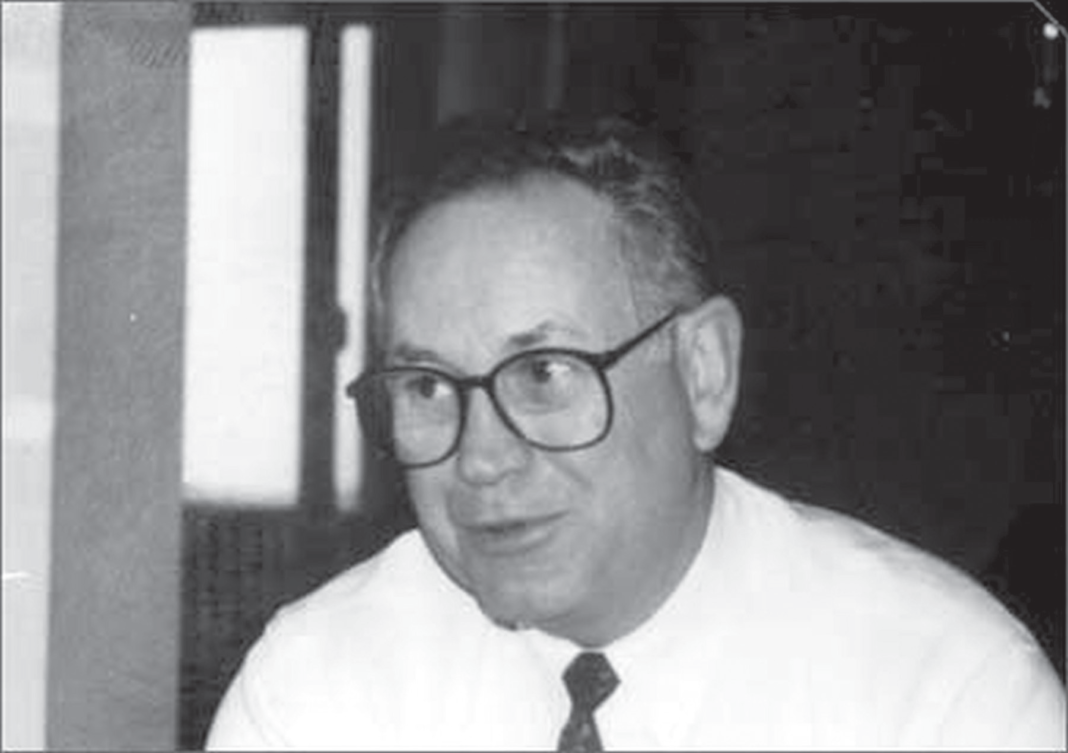
May 1992, Morris Township, northern New Jersey. What would normally be a sunny late-spring is instead a season chilled and overshadowed with the news of a heinous crime. In late April, Sidney Reso, an executive at Exxon, was kidnapped from his own driveway early one morning by unknown assailants and held for a ransom of $18.5 million.
The next few weeks would see a delicate dance of encounters between local and federal law enforcement, Reso’s family, and the kidnappers, who left cryptic messages in envelopes scattered around the area, messages that contained instructions for the ransom payment. These envelopes appeared taped to telephone poles, on guardrails at shopping malls, and in metal mailboxes that police officers were sure would explode. Communication was sporadic, but steady, as law enforcement worked to ensure Reso’s return.
Absent nearly all of the digital tools that law enforcement enjoy today to track criminals, detectives had to rely on other methods. Easily the most interesting was a series of classified ads placed in area newspapers. Like a set of coded messages exchanged between spies, these ads became a key means of communication in the case.
The first one came with the initial ransom note. The kidnappers told police to place an ad in the Star-Ledger Pets column with a cellular telephone number, unusual given that cell phones were new technology and rare at the time.

The kidnappers would later call this number to leave further instructions, but never stay long enough on it for it to be traced. Another ad came days later: having had some miscommunication with the kidnappers in the previous weeks, and desperate to learn whether Reso was still in good health, investigators claimed through this ad their readiness to pay the ransom.

The next came a month later, in mid-June, when the FBI placed an ad in the Florida real estate section of the New York Times. Seeking to determine whether Reso was still alive, investigators asked the kidnappers to provide proof.

The last ad placed was an attempt not long after to let the kidnappers know that certain other messages were not received.

Sadly, though law enforcement would not discover this until June 19—after they finally apprehended suspects Arthur and Jackie Seale in the parking lot of a rental-car agency—Reso had actually died within days of initial abduction. The Seales had planned to keep him alive, but the poorly-constructed wooden chamber they used to transport him had led to Reso suffering fatal complications from carbon dioxide poisoning. For weeks, the kidnappers had lied to police, leading them to believe they were in possession of living leverage. Instead, all they had was a corpse.
More to the story can be found in John E. O’Rourke’s detailed history of the crime, Mystery, Millions, & Murder in North Jersey: The Tragic Kidnapping of Exxon’s Sidney Reso. For now, however, ask yourself: will you ever be able to read the classified ads in your local paper ever again? Or will you always wonder what else is being communicated, what other, secret messages are being conveyed?




